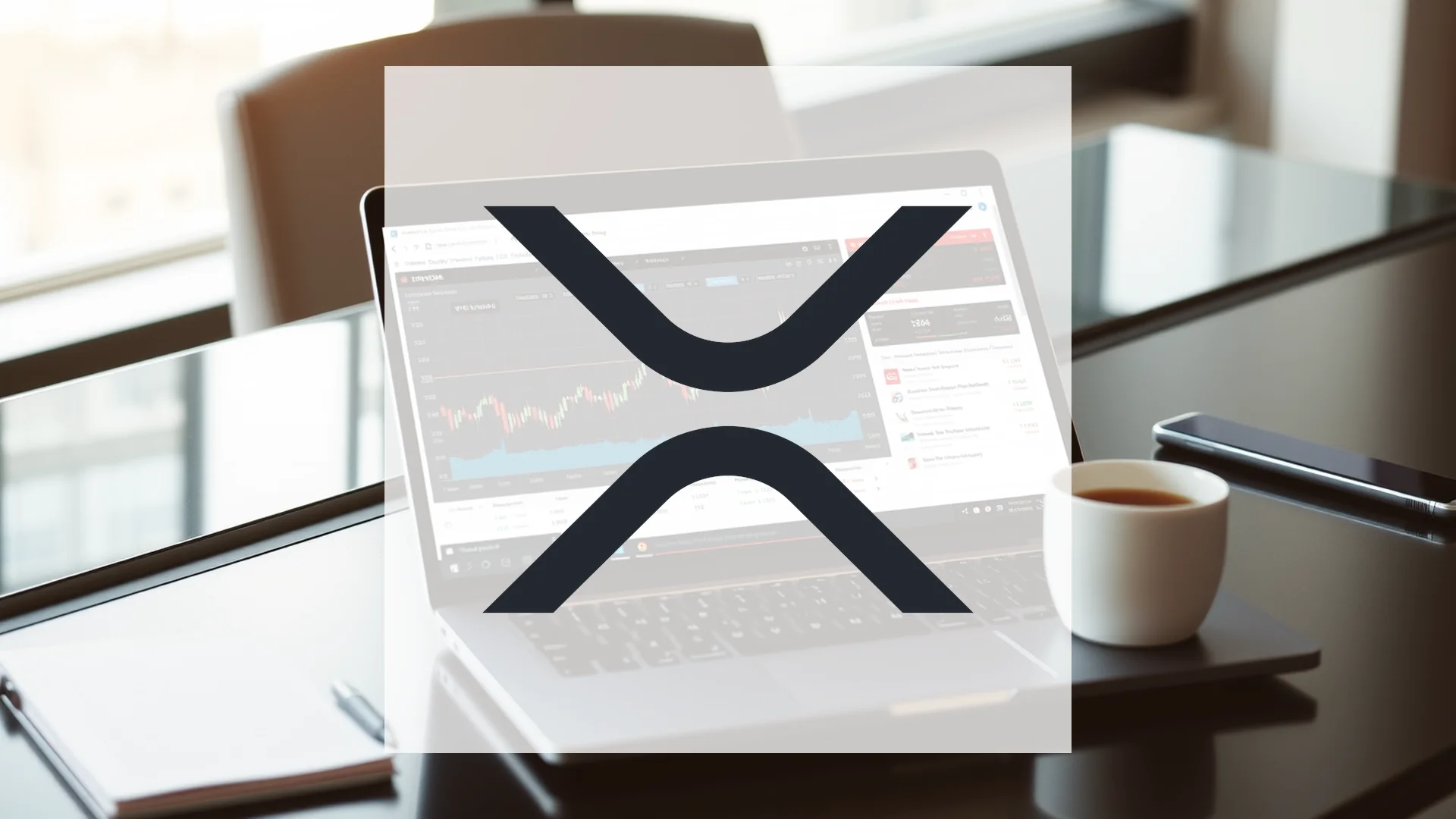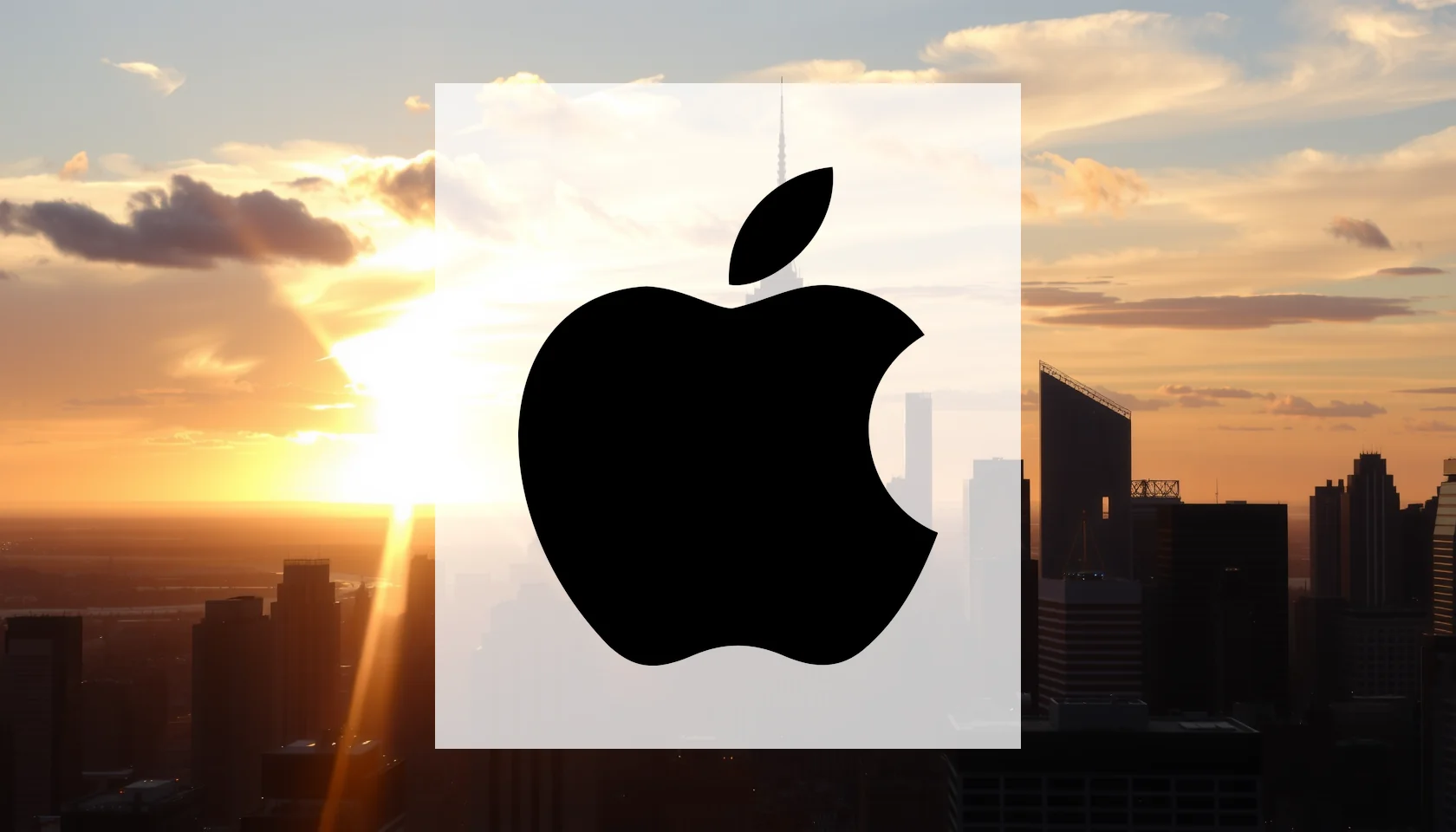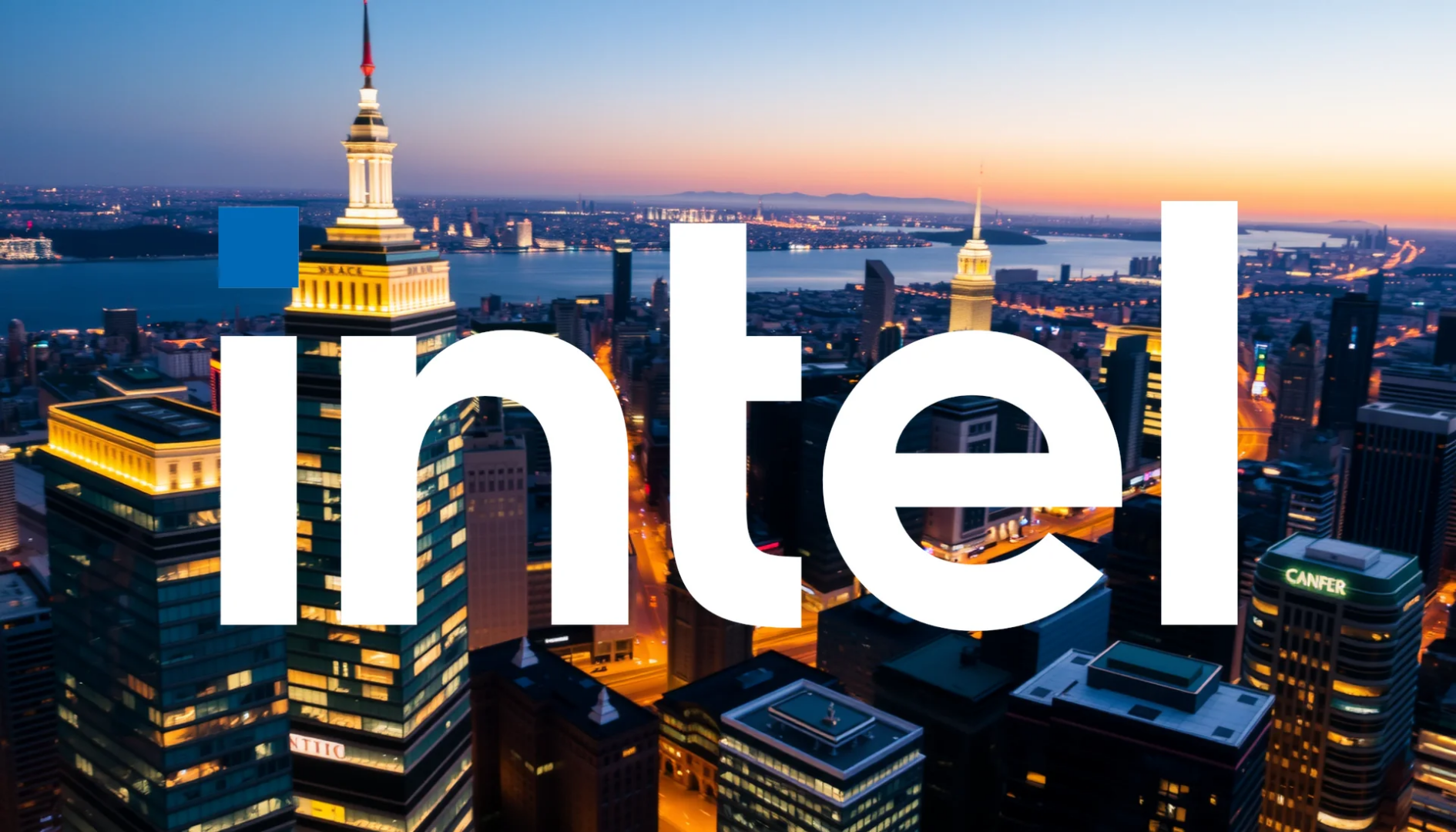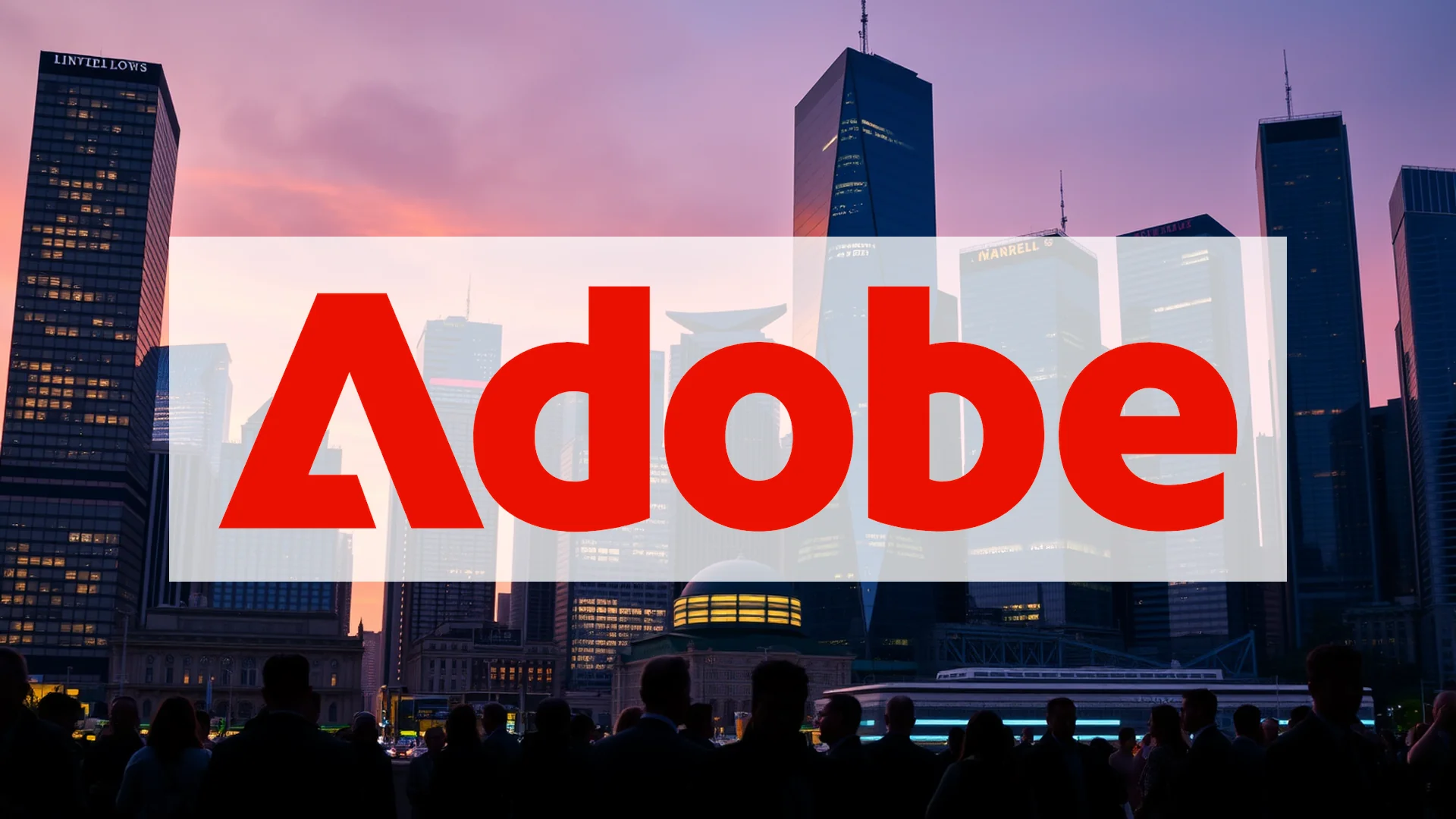The Global X NASDAQ 100 Covered Call ETF (QYLD) stands as one of the most divisive investment products available. It attracts capital with a headline distribution yield exceeding 12%, yet financial experts are deeply divided, questioning whether this represents a savvy income strategy or a fundamentally flawed approach that could disappoint investors.
The Allure and Mechanics of Premium Income
Currently offering a distribution yield of 12.63%, QYLD appears to be the perfect solution for income-focused investors. Amid uncertain interest rate projections from the U.S. Federal Reserve, the fund continues to draw significant capital inflows. For instance, Signal Advisors notably increased its stake by 1.4 million shares during the second quarter of 2025. However, this substantial income comes with a significant structural trade-off.
The fund’s core strategy involves systematically writing call options on the NASDAQ-100 Index, collecting premiums that are then distributed to shareholders. The critical drawback is that this approach effectively caps the fund’s potential for capital appreciation. This dynamic was clearly demonstrated over the past twelve months; while the NASDAQ-100 index posted strong gains, QYLD achieved a total return of just 9.14%, distributions included.
Concentration Concerns in a Tech-Heavy Portfolio
QYLD’s fortunes are heavily tied to a narrow group of technology behemoths. The portfolio is dominated by three key holdings: NVIDIA (10.01%), Apple (9.23%), and Microsoft (7.95%). Collectively, these three companies account for more than 27% of the entire fund’s assets. Sector allocation intensifies this risk, with Technology (54.70%) and Communication Services (16.78%) leaving minimal room for genuine diversification.
Paradoxically, the fund’s strategy benefits in the short term from the elevated volatility often seen in technology stocks. Greater market turbulence leads to higher options premiums, which in turn fund the substantial distributions. However, a sustained downturn in key holdings like NVIDIA or Apple would place immense pressure on the fund’s net asset value, regardless of the current payout level.
Should investors sell immediately? Or is it worth buying Global X NASDAQ 100 Covered Call ETF?
Evolving Competition in the Options-Income Space
Although QYLD remains the largest player among covered-call ETFs, a new generation of competitors is emerging with refined strategies. New entrants like the NEOS NASDAQ-100 High Income ETF (QQQI) and the Goldman Sachs Nasdaq-100 Premium Income ETF (GPIQ) are implementing more sophisticated options approaches. In 2025, QQQI not only delivered a higher return, surpassing 14%, but also managed to post modest capital growth.
The primary advantage these newer funds offer is that they do not entirely sacrifice upside potential. QYLD has experienced years of stagnant price movement, while its competitors are demonstrating that it is possible to blend income generation with some degree of capital appreciation. This evolution presents a growing challenge for investors with a long-term horizon.
Assessing the Viability of an Investment
Determining whether QYLD is a suitable investment hinges entirely on an individual’s financial strategy. For investors seeking short-term, predictable monthly cash flows, the fund remains a highly liquid vehicle. It is currently trading nearly 6% below its annual peak, and with an RSI reading of 50.1, it shows no technical indications of being either overbought or oversold.
Conversely, for those whose primary objective is long-term capital growth, significant caution is warranted. The fund’s structural limitation on upside potential, combined with its heavy reliance on the technology sector, makes it most suitable for a market environment that is either sideways or slightly declining. In a sustained bull market, QYLD will almost certainly continue to underperform its underlying index.
Ad
Global X NASDAQ 100 Covered Call ETF Stock: Buy or Sell?! New Global X NASDAQ 100 Covered Call ETF Analysis from November 26 delivers the answer:
The latest Global X NASDAQ 100 Covered Call ETF figures speak for themselves: Urgent action needed for Global X NASDAQ 100 Covered Call ETF investors. Is it worth buying or should you sell? Find out what to do now in the current free analysis from November 26.
Global X NASDAQ 100 Covered Call ETF: Buy or sell? Read more here...











